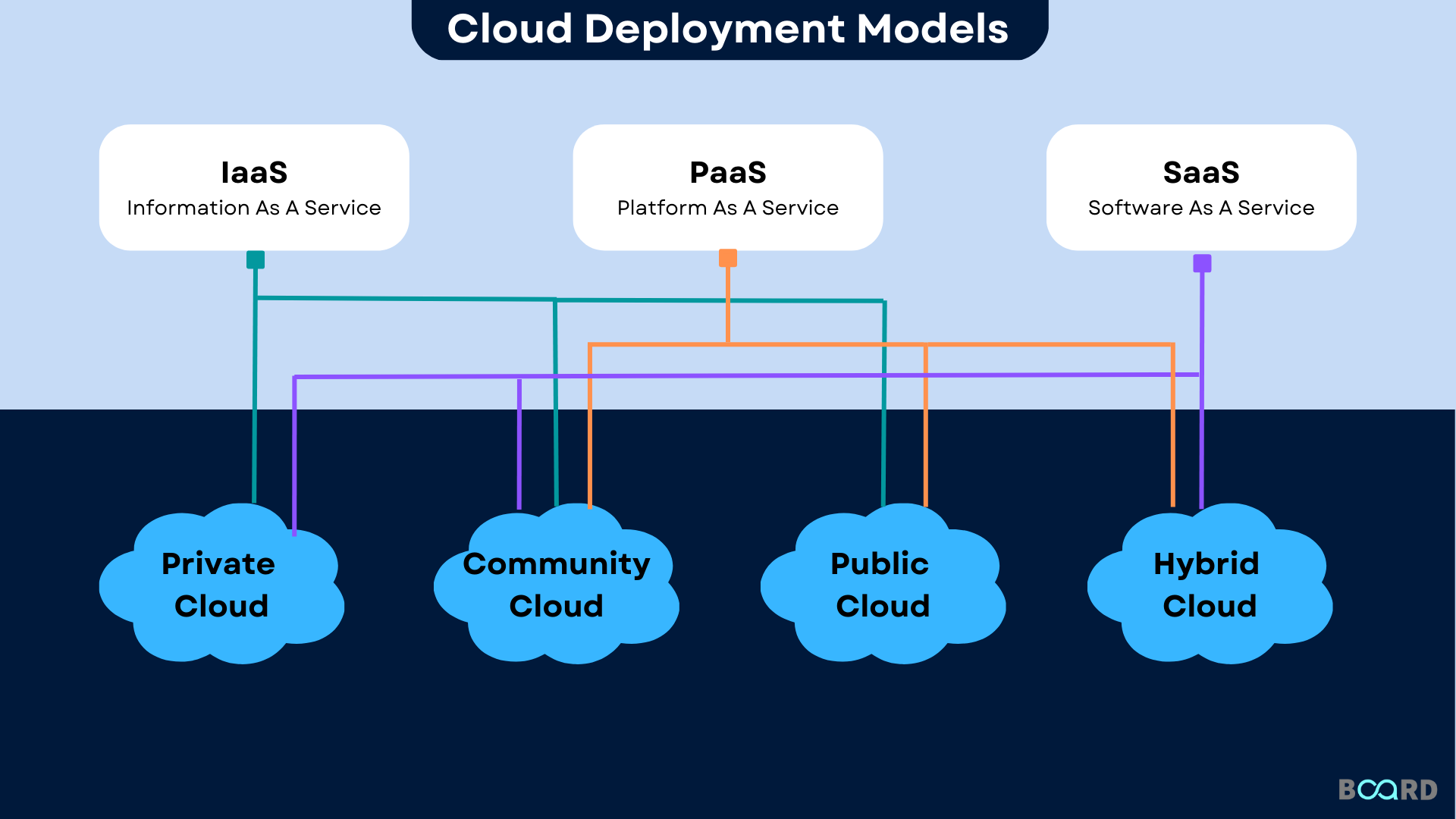Easy access to the internet has led to an unprecedented exposure of children and teenagers to online pornography. Young people, especially adolescent boys, are encountering explicit sexual content at earlier ages than ever before
childrenscommissioner.gov.uk. Parents, educators, and community leaders worldwide are increasingly concerned about how early exposure to pornography might affect youths’ psychological well-being, emotional health, and ability to form healthy relationships. This report examines the extent of pornography consumption among young men (ages 12–17) at global, national, and local levels, and explores what research and experts say about the impacts of early exposure. It also presents a broad range of solutions – from technological safeguards to educational and community initiatives, as well as legal measures – aimed at limiting access to pornography and promoting healthier behaviors. The goal is to provide clear, actionable guidance that adults can use to protect and support adolescents in today’s digital age.
Prevalence of Pornography Consumption Among Young Men (Ages 12–17)
Global Trends
Exposure to pornography has become a common experience for adolescents around the world. Studies from various countries indicate that a majority of teens (especially boys) see pornographic material during their early teens. In the United Kingdom, for example, over half of children ages 11–13 report having seen pornography, and this rises to about two-thirds by ages 14–15
bbfc.co.uk. The average age of first exposure is around 13 in the UK, with some children encountering explicit content even earlier
childrenscommissioner.gov.uk. International research likewise shows very high exposure rates among male teens; in one German study, 93% of boys (and 52% of girls) aged 16–19 had watched pornography online
pmc.ncbi.nlm.nih.gov. Globally, experts estimate that the majority of children are exposed to porn by age 13, with some exposed as young as 7 years old
fightthenewdrug.org. These findings underscore that early teenage exposure to pornography is a widespread phenomenon crossing national and cultural boundaries.
United States
Adolescent pornography consumption in the U.S. is similarly prevalent and has been increasing over time. National surveys find that roughly 68–73% of American adolescents have viewed pornography by the age of 17
commonsensemedia.org. More recent studies suggest the exposure rate may be even higher among older teens; one probability sample of U.S. youth found 84.4% of males and 57% of females ages 14–18 had seen online pornography
fightthenewdrug.org. The average age of first exposure in the U.S. is around 11–12 years old, according to multiple studies
baca.org. Notably, boys are more likely than girls to both encounter and actively seek out pornography. In one study of 1,000 American adolescents, 66% of males vs. 39% of females had watched online porn
pmc.ncbi.nlm.nih.gov. Similarly, about 52% of teen boys reported intentionally searching for porn (versus 36% of teen girls)
baca.org. Many youths come across pornography unintentionally as well – one report found 58% of teens had accidentally encountered porn online, often via pop-ups or misdirected searches
baca.org. Alarmingly, over half (54%) of teens said they were 13 or younger when they first saw online pornography
commonsensemedia.org. In sum, exposure to pornography has become nearly normative for American teenagers, especially young men, by the time they reach high school.
Florida
Florida’s adolescents mirror these national trends of high pornography exposure. While precise state-specific data are limited, lawmakers in Florida have cited surveys showing that around 70% of teens (13–17) have accessed pornography online
floridapolitics.com. This widespread access has spurred concern among Florida officials and parents. In fact, Florida’s state government has recently taken action: a new law (effective January 1, 2025) requires pornography websites to implement age verification to prevent minors from access
avpassociation.com. Florida House lawmakers even passed a resolution in 2018 declaring pornography a public health risk and acknowledging “the need for education, prevention, research and policy change” to protect residents
flaccb.org. This resolution highlighted research on pornography’s negative impacts on children and teens, its potential addictiveness, and the harm it can do to mental health and relationships
flaccb.org. Although not every Florida community has specific data, it is clear that the state recognizes youth pornography exposure as a widespread issue that must be addressed.
Sebring, Florida
Sebring is a small city in Florida, and there are no unique published statistics on teen pornography consumption specific to this community. However, as part of the digital age, Sebring’s young people are unlikely to be exempt from the broader trends seen in Florida and across the U.S. Local teens have the same smartphones, internet access, and curiosities as teenagers elsewhere. Thus, it is reasonable to assume that a significant portion of Sebring’s adolescent boys have been exposed to online pornography by their mid-teens, consistent with state and national patterns. This means families and schools in Sebring face the same challenges of monitoring internet use and guiding healthy development. Local community anecdotes and concerns echo those nationwide: parents worry about what their sons might be encountering online, and educators see the need for digital safety education. In the absence of concrete local data, Sebring’s community leaders are encouraged to act proactively, guided by the general evidence on youth exposure and its effects.
(Sebring-specific data is limited; the community likely reflects the high exposure rates seen statewide.)
Effects of Early Exposure to Pornography on Development
Early exposure to pornography can have far-reaching psychological, emotional, and relational effects on adolescents. While individual experiences vary, researchers and mental health experts largely agree that frequent or premature consumption of pornographic material can negatively influence a young person’s development. Below, we examine how pornography may impact teens in these key areas.
Psychological and Emotional Effects
Viewing pornography at a young age can affect an adolescent’s brain and emotional health in several ways. Neuroscientists and psychologists note that pornography can be habit-forming or even addictive for some youth, because the developing teen brain is highly sensitive to reward and novelty
flaccb.org. Repeated exposure to explicit sexual imagery can lead to preoccupation with sex and cravings for the intense stimulation that pornography provides
pmc.ncbi.nlm.nih.gov. Over time, some teens may require increasingly extreme content to get the same arousal, which can reinforce a compulsive cycle. Experts have even likened the effects of pornography on the brain to those of a drug, noting that it can “change your brain in harmful ways” if consumed excessively
Emotionally, early porn exposure can provoke confusion, guilt, or distress. Many young viewers lack the maturity to contextualize what they see. As a result, children who encounter pornography before understanding healthy sexuality may find it traumatic or upsetting, especially if the content is violent or degrading
psychologytoday.com. Some teens report feeling shocked or disgusted by extreme videos, yet also feel shame or embarrassment about being curious
baca.org. In a recent survey, 50% of teens said they felt ashamed after watching porn
baca.org. Early exposure has also been correlated with lower self-esteem later on; one UK study found that children who first saw porn at 11 or younger were more likely to report poor self-image as young adults
childrenscommissioner.gov.uk. Pornography often presents unrealistic ideals of bodies and sexual performance, which can make impressionable teens feel insecure about their own appearance or adequacy
flaccb.org. In summary, frequent or premature porn viewing can emotionally overload adolescents, potentially leading to anxiety, guilt, lowered self-worth, or even addictive behaviors in vulnerable individuals.
Relational and Social Effects
Perhaps the most concerning impacts of adolescent pornography use are on attitudes and relationships. Pornography typically depicts sex devoid of the emotional intimacy or respect that characterize healthy relationships. Thus, teens who consume a lot of porn may internalize distorted beliefs about sex and gender. Studies show that exposure to pornography often sets unrealistic expectations about sex – adolescents come to expect that real-life sexual encounters should mimic the exaggerated acts they see on screen
pmc.ncbi.nlm.nih.gov. They may also learn to view sex as a purely physical act, separate from love or emotional connection
pmc.ncbi.nlm.nih.gov. This can stunt their ability to form meaningful romantic relationships.
Research indicates that heavy porn use is linked to more permissive sexual attitudes in teens, such as greater acceptance of casual sex or multiple partners
pmc.ncbi.nlm.nih.gov. Pornography frequently objectifies women, and repeated exposure can normalize the idea that women (or partners in general) are sexual objects rather than equals. In fact, adolescent males who regularly view porn are more likely to agree with statements that women are sex objects
pmc.ncbi.nlm.nih.gov. They might also develop a desire for the kind of rough or degrading sex acts commonly portrayed: studies have found a correlation between pornography consumption and increased interest in aggressive or violent sexual behaviors
psychologytoday.com. Alarmingly, one study noted that teen boys exposed to sexually violent media were more accepting of dating violence and sexual aggression in real life
pmc.ncbi.nlm.nih.gov. Additionally, youths who watch a lot of porn tend to believe that “everyone is doing it,” potentially pressuring themselves or peers into early sexual activity. They are indeed more likely to engage in risky sexual behaviors, such as having unprotected or impersonal sex, or combining sex with substance use
The relational fallout of these attitude shifts can be significant. Teenagers influenced by pornography might struggle with genuine intimacy or respecting boundaries. For instance, they may think it normal to skip asking for consent because porn rarely models consent – a misconception some porn literacy programs are explicitly trying to correct
pmc.ncbi.nlm.nih.gov. Later in life, high pornography usage has been associated with problems like decreased sexual satisfaction and even higher divorce rates in adulthood
ballardbrief.byu.edu, underscoring long-term relational risks. It’s important to note that not every teen who watches porn will experience severe negative effects; some effects are correlational and research is ongoing
pmc.ncbi.nlm.nih.gov. However, the bulk of evidence suggests that early and unchecked exposure to pornography often does more harm than good for adolescents’ social and sexual development
psychologytoday.com. The consensus among many experts is that porn can mislead young men about what healthy sexuality and relationships look like, potentially carrying detrimental effects into their adult lives.
Solutions to Limit Access and Promote Healthier Behaviors
Confronting the issue of youth pornography exposure requires a multifaceted approach. No single solution can completely eliminate the risks, but combining various strategies can significantly reduce access to inappropriate content and mitigate negative impacts. Below, we explore a broad range of solutions across technological, educational, community, and policy domains. Each sub-section includes practical measures that parents, educators, and communities can implement to protect young people and promote healthier online and offline behaviors.
Technological Measures
Parental Controls and Filters: One of the first lines of defense is to use technology itself to block or limit pornography. Parents and guardians are encouraged to install reputable parental control software or filtering tools on all devices that children use – smartphones, tablets, and computers. These tools can automatically block known pornographic websites or content categories and enforce safe search settings on search engines. Modern parental control suites (like Net Nanny, Qustodio, Norton Family, etc.) also allow customizing what types of sites or keywords are off-limits, setting time limits, and monitoring usage. On mobile devices, built-in settings (such as Apple’s Screen Time or Android’s Family Link) can restrict app downloads and web content by age rating. At the network level, families can configure their home Wi-Fi router or DNS service to filter adult sites for all devices in the household. Many Internet service providers offer “family safe” filtering options as well. While tech-savvy teens may try to circumvent these controls, having them in place still greatly reduces the chance of accidental exposure and raises the barrier to intentional access.
AI-Based Filtering and Monitoring: Traditional website blockers work from blacklists, which may not catch everything (for example, explicit content on social media or new porn sites). Newer solutions leverage artificial intelligence to recognize and filter pornographic material in real time. For instance, the Canopy app uses AI to scan images and videos on any website and instantly block pornographic content before it ever reaches the screen
defendyoungminds.com. This means even if a teen stumbles onto explicit images on Twitter or an unfamiliar site, the AI can detect nudity or sex acts and prevent it from displaying. Such technology can catch porn that other filters miss, including content embedded in otherwise safe platforms
defendyoungminds.com. AI-based monitors (like the Bark app) can also alert parents if a child is sending or receiving sexual messages or if concerning content appears in their social media. No filter is foolproof, but these advanced tools dramatically improve coverage. Experts emphasize, however, that technology should be combined with open communication – filters work best as an “external filter” alongside an “internal filter” instilled in the child (their own ability to make safe choices)
Device and Usage Restrictions: In addition to software, parents can manage how and where teens use devices. Keeping computers and tablets in common family areas (rather than behind closed bedroom doors) can discourage viewing of inappropriate content. Setting rules like “no phones after 10 PM” or collecting devices overnight can prevent late-night temptations when supervision is low. Some families opt to delay giving a young teen a smartphone or give phones without web browsers. Others disable app stores or use whitelisting (allowing only specific apps or sites). Such measures, while sometimes resisted by teens, create a safer digital environment. It’s also important to routinely update and review privacy settings on apps and platforms; for example, disabling direct messages from strangers or turning off autoplay for videos can cut down on unsolicited explicit content. Technology provides many tools to curate what youth see online – using these tools proactively is one of the most immediate steps adults can take
childrenscommissioner.gov.uk. As one child online safety advocate put it, “I trust my kids, but I don’t trust the internet”
defendyoungminds.com – meaning it’s wise to use tech safeguards no matter how responsible a teen is, simply because inappropriate content is so pervasive on the web.
Educational Strategies
Education is a powerful tool to equip young people with the knowledge and resilience to handle or avoid pornography. This includes educating the youth themselves about online risks and healthy sexuality, as well as educating parents, teachers, and other caregivers on how to guide children in this area.
Open Communication and Porn Literacy: Experts widely agree that parents talking openly with their children about sex and internet content is critical. Proactive, age-appropriate conversations can demystify pornography and reduce its allure
psychologytoday.com. For example, parents can start by clearly defining what pornography is (in a way a child can understand) and explaining that these materials are adult content, not meant for kids and not reflective of real love or relationships
defendyoungminds.com. Emphasize that if they ever see something confusing or upsetting online, they won’t be in trouble – they should come to a parent or trusted adult. Normalizing these discussions helps children feel safe disclosing accidental exposures or asking questions. In fact, one guide suggests a three-step approach for parents: (1) Define pornography in simple terms so kids recognize it; (2) Explain why it can be harmful to brains and emotions; (3) Give kids a plan for what to do if they encounter it (e.g. turn off the screen and tell an adult)
defendyoungminds.com. Such dialogue, sometimes called “porn literacy” or media literacy, can continue into the teen years. With teens, discussions can be more detailed – covering topics like consent, respect, and how porn often fails to show these. Educators also play a role: schools can incorporate lessons on digital citizenship and media literacy that include the topic of pornography. Some pioneering programs have even developed pornography literacy curricula for high schoolers, aiming to debunk myths from porn (e.g. that porn is a guide to sex or that everyone enjoys certain acts) and reinforce the importance of consent and respectful relationships
pmc.ncbi.nlm.nih.gov. While not all schools will adopt a dedicated “porn literacy” class, health or sex education courses can at least acknowledge pornography and teach students to view it critically. The key is that youth should hear consistent messages from adults that pornography is not a realistic depiction of sex and that real-life intimacy involves communication and respect – messages that counteract what they might see online.
School and Community Programs: Beyond individual conversations, broader educational initiatives can raise awareness. Schools can hold internet safety workshops or assemblies that address pornography alongside other online risks (like cyberbullying or predators). These programs might involve guest speakers such as child psychologists or digital safety experts who can frankly discuss the impacts of porn on young minds. Some communities coordinate with local organizations or faith groups to present seminars for parents and teens together, creating a forum to learn and ask questions. Churches and religious youth groups often approach the issue from a values perspective – they may run purity programs or support groups that encourage teens to avoid pornography and uphold certain moral standards. Whether secular or faith-based, community-led discussions can reinforce a unified message: that early porn exposure is harmful and that seeking help is okay.
Importantly, education should extend to parents and educators themselves. Many parents feel ill-equipped to deal with the topic, especially if their child has already been watching porn. Providing parent education nights, reading materials, or even counseling can help adults respond calmly and constructively. For example, teaching parents not to react with anger or shame if they discover a teen viewing porn, but instead to use it as a teachable moment. Schools and PTAs can offer resources on “how to talk to your teen about porn” and share information about parental controls. Counseling services should also be made available for adolescents who are struggling – for instance, a teen who feels unable to stop viewing porn or who is distressed by what they’ve seen may benefit from speaking with a school counselor or a therapist specialized in adolescent issues. Trained counselors can help youths process any emotional trauma and develop healthier coping strategies. The overarching strategy is education at all levels: when youth understand the realities of pornography and have supportive adults to guide them, they are far better prepared to navigate or avoid it
Community-Based Interventions
Communities can play a significant role in steering young men away from harmful online content by fostering environments that promote healthy behaviors and provide support. These interventions focus on positive engagement and mentorship, giving teens alternatives to spending unmonitored time online and people they can turn to.
Mentorship and Supportive Adults: One of the most effective community strategies is establishing mentorship programs for youth. A mentor – such as a coach, a Big Brother/Big Sister, a youth group leader, or another positive adult role model – can make a big difference in a teen’s life. Mentors provide guidance, listen to a young person’s concerns, and offer perspective that sometimes kids feel uncomfortable sharing with parents. Research suggests that mentors are uniquely positioned to help teens develop coping strategies for online risks, including exposure to explicit content
evidencebasedmentoring.org. Simply having a trusted adult to talk to can help a teenager process what they encounter and reinforce their ability to handle tricky situations. For example, if a teen is curious about sex, a mentor might encourage healthy outlets for learning (like reputable books or honest conversations) rather than turning to internet porn. When faced with peer pressure to view explicit material, a mentee might recall their mentor’s advice and feel empowered to say no. In essence, mentors can guide teens in making safer choices and provide an “anchor” of support and accountability.
Youth Engagement and Extracurricular Activities: Keeping teens busy with sports, clubs, arts, and other extracurricular activities is a classic yet still relevant approach to prevention. Involvement in structured activities not only occupies their free time (leaving less idle time to surf questionable sites), but also contributes to overall positive development. Studies show that participating in extracurriculars can protect young people from various risky behaviors and delinquency
sciencedaily.com. Team sports, for instance, promote discipline and often come with adult supervision (coaches) and peer camaraderie, all of which can deter negative behaviors. Likewise, involvement in church groups or community service fosters a sense of belonging and reinforces values. One study found that boys who took part in church or community activities had lower rates of serious delinquent behavior
sciencedaily.com. While that study was about delinquency in general, the principle applies: youth who feel connected to positive groups and have a sense of purpose are less likely to seek out harmful stimuli like porn. Community centers, schools, and faith organizations should strive to provide a variety of youth programs – from after-school homework clubs to weekend sports leagues – to appeal to different interests. By encouraging young men to engage in hobbies, athletics, or skills-building, we not only distract from unhealthy online habits but also help build confidence and healthy social networks.
Peer and Faith-Based Support Groups: Adolescents often take cues from peers, so creating peer support or discussion groups can be another avenue. In some communities, teen boys gather in small groups (sometimes facilitated by a mentor or clergy) to talk about challenges such as peer pressure, sexuality, and pornography. For example, a church might host a boys’ support group on maintaining “digital purity,” where teens hold each other accountable in a non-judgmental way, perhaps using devotional frameworks. Secular versions might be groups where teens interested in self-improvement set goals to avoid porn and share strategies (similar to a youth extension of NoFap or other movements). The idea is to remove the secrecy that porn use thrives on – when teens can openly discuss the issue, it breaks the taboo and isolation that often accompany compulsive behavior
churchofjesuschrist.org. Additionally, community organizations can offer recreational alternatives that fulfill the needs porn might falsely meet. For instance, if a teen watches porn out of boredom or loneliness, a vibrant community youth hangout space or e-sports league could fill that void. If it’s due to sexual curiosity, a well-run sex education workshop might address questions in a healthy manner.
Another community intervention is simply to raise awareness and vigilance. Neighbors, libraries, and youth clubs can all contribute by ensuring that public internet access (like library computers or community Wi-Fi) has filters enabled to block adult content. Community coalitions can run public campaigns or informational sessions for parents on internet safety. By treating youth pornography exposure as a community concern (not just a private family matter), communities send a message that they are collectively looking out for their children. In sum, local mentorship, engaging activities, and open support networks create an environment that naturally discourages harmful behaviors and helps adolescents thrive offline.
Legal and Policy Measures
At the policy level, there is growing momentum to implement laws and regulations that make it harder for minors to access pornography. These measures, while sometimes controversial, aim to put up systemic safeguards around obscene content and hold companies accountable for preventing underage exposure.
Age Verification Laws: A number of jurisdictions are introducing laws that require pornographic websites to verify users’ ages before granting access. In the United States, 19 states have passed laws (as of mid-2024) mandating age verification for online pornography sites
avpassociation.com. These typically force commercial porn sites to perform a “reasonable age verification” – for example, using government ID checks or third-party services – to ensure visitors are adults. Florida’s new law (HB 3) is one such example, requiring sites that have a significant amount of pornographic content to “perform a reasonable method of age verification” and even stipulating that at least one verification option be anonymous to protect user privacy
avpassociation.com. Similarly, states like Louisiana, Texas, Utah, and others rolled out verification laws in 2023. The premise is straightforward: just as one cannot walk into an adult movie theater without proof of age, websites should not freely deliver explicit material to anyone who clicks ‘Enter’. These laws are a direct response to startling statistics about underage access; for instance, the Common Sense Media report that over half of teens saw porn by age 13 was cited by legislators to underscore the urgency of action
commonsensemedia.org. While enforcement and technical challenges (and First Amendment challenges by the porn industry) are being navigated, age-verification requirements represent a significant policy effort to erect an “electronic ID check” at the doorway of adult sites. If rigorously implemented, such measures could dramatically reduce casual and impulsive access by minors.
Community Advocacy and Legislation: Many of these legal changes have come about due to advocacy from community groups, parents’ organizations, and child protection activists. For example, a movement to declare pornography a public health crisis swept through multiple state legislatures in recent years, typically initiated by concerned community leaders. Florida’s House Resolution 157 in 2018 (mentioned earlier) is one outcome of such advocacy, formally recognizing pornography’s harms and calling for education, prevention, and policy solutions
flaccb.org. Even when such resolutions are largely symbolic, they reflect and reinforce public pressure on authorities to act. Community advocacy can also push for related policies: requiring school or library networks to have filters, increasing digital literacy funding, or urging tech companies to implement default safety features (like SafeSearch and content filters “ON” for minors). In some countries, broad online safety laws are being enacted – the UK, for instance, included pornographic content under its new Online Safety Bill, which will mandate robust age checks and content removal procedures
Local governments and school boards can contribute by updating their policies too. Schools might adopt acceptable-use policies that explicitly prohibit accessing porn on school devices (backed by monitoring software to flag violations). Public libraries often already use filtering to comply with federal laws (like the Children’s Internet Protection Act in the US), but local library boards can review and ensure those filters are up to date and strict enough regarding pornographic content. Legislative efforts have also targeted social media and other platforms popular with youth – for example, requiring stricter moderation of sexually explicit material and easier parental controls on those apps
Finally, community advocacy often involves education and awareness alongside pursuing legal routes. Grassroots campaigns might include petitioning porn sites to voluntarily improve age-gates, or partnering with law enforcement on initiatives to combat child sexual exploitation (which is a separate but related issue). By voicing concerns at city council meetings, PTA meetings, and through local media, community members keep the issue in the spotlight and encourage a culture of vigilance. In essence, policy measures – whether laws mandating age checks or resolutions encouraging action – form an important layer of defense. They signal a societal commitment to protecting youth and back that commitment with rules and consequences. When combined with the personal and community strategies discussed earlier, sensible policies can greatly reduce youth exposure to pornography and foster a safer digital landscape for children.
Recommendations for Parents, Educators, and Community Leaders
Effectively addressing youth pornography exposure requires collaboration among parents, schools, and the broader community. Below are practical, actionable steps tailored to each group. These recommendations synthesize expert advice and evidence-based strategies into clear actions that can be implemented right away.
For Parents
- Talk Early and Often: Start conversations about internet content and sex sooner than you think you need to. Use age-appropriate language to explain what pornography is and why it’s not for kidsdefendyoungminds.com. Encourage your child to ask questions and assure them they won’t get in trouble for honesty. Regular, calm discussions build trust and serve as an “internal filter” that helps kids make safer choicesdefendyoungminds.comdefendyoungminds.com.
- Set Clear Rules and Expectations: Establish family internet rules. For example, no visiting sites with adult content, no deleting browser history, and no devices behind closed doors for extended periods. Explain the reasons behind these rules (safety, values, etc.) so teens understand it’s about protection, not just punishment. Consistently enforce reasonable consequences if rules are broken.
- Use Parental Controls and Filters: Install and activate filtering tools on all devices your child uses. Ensure adult content filters are enabled on home Wi-Fi and mobile networks. Use device settings or third-party apps to block or limit pornographic contentchildrenscommissioner.gov.uk. Keep these tools updated, and periodically check that they are functioning (kids may try to disable them). Remember, no filter is 100%, so combine this with supervision and dialogue.
- Monitor and Stay Engaged: Know what your kids are doing online. This doesn’t mean spying on every click, but do take an active interest. Check in about their favorite apps and sites. Consider keeping younger teens’ account passwords with the understanding you can do spot checks. Many experts suggest periodically reviewing browser histories or using monitoring software, especially for early teens. If you discover concerning content, address it calmly and use it as a teaching moment rather than jumping straight to anger.
- Provide Healthy Alternatives: Help fill your teen’s free time with positive activities. Encourage hobbies, sports, volunteering, or projects that excite them. If a teen is busy and fulfilled – whether it’s playing on a soccer team, learning guitar, or working a part-time job – they are less likely to seek out or dwell on porn out of boredom. One recovery tip is “When trying to quit porn, find something to take its place”churchofjesuschrist.org. Support your son in finding passion and purpose offline.
- Watch for Warning Signs: Be attentive to changes in behavior that might signal problematic porn use or distress from exposure. Signs can include excessive secrecy with devices, withdrawal from real-life activities, unusual anxiety or depression, or distorted views about sex/gender. If you suspect an issue, approach your teen with concern and openness. Let them know you want to help, not shame them.
- Seek Help if Needed: If your child is struggling to stop using pornography or shows adverse effects (e.g. compulsive use, emotional issues), don’t hesitate to seek professional help. Therapists, especially those experienced with adolescents, can provide coping strategies and address underlying issues. In some cases, support groups or faith-based counseling might be available for teens dealing with pornography challengeschurchofjesuschrist.org. There is no shame in reaching out for help – it shows strength and commitment to your child’s well-being.
For Educators
- Incorporate Digital Citizenship in Curriculum: Schools should include lessons on safe and responsible internet use as part of health, technology, or advisory curricula. Within these lessons, address pornography directly – for instance, teach students that pornographic sites are off-limits, why they can be harmful, and what to do if they encounter such material. Even a short unit on “media literacy” that covers how porn can create false expectations can be invaluablepmc.ncbi.nlm.nih.gov. Ensure the tone is factual and non-judgmental to encourage openness.
- Train Staff to Handle Disclosures: Teachers and school counselors might be the ones students turn to with sensitive issues. Provide staff development on how to respond if a student says they’ve seen disturbing content or are worried about a peer’s porn use. All staff should know the referral pathways – e.g., refer to the school counselor or a designated child protection officer – and how to maintain appropriate confidentiality. A supportive adult at school can make a big difference for a teen who is afraid to talk to parents.
- Leverage School Counselors and Psychologists: These professionals can run workshops for students on coping with peer pressure and online sexual content. They might also offer group sessions (perhaps gender-specific) where students can discuss topics like healthy relationships and the influence of media. Having a safe space in school to talk about these issues can normalize seeking help. School counselors can additionally host informational sessions for parents after hours, educating families about trends in teen internet use and offering guidance (many parents would welcome schools taking the lead on this tough topic).
- Enforce Safe Internet Use on Campus: Work with your IT department to make sure the school’s internet filters are robust – blocking pornography and other harmful material on school networks and devices. According to one report, 41% of teens said they had seen porn during the school dayaction.freespeechcoalition.com, which is alarming. A combination of good filtering and monitoring software can drastically reduce that number. Also, clearly communicate the school’s acceptable use policy to students: they should know that accessing porn on school property violates rules and will result in consequences. Regular reminders during assemblies or homeroom about digital conduct can reinforce this.
- Promote a Positive School Climate: Research shows that students who feel connected to school and have a positive school climate are less likely to engage in risky behaviorssciencedaily.com. Encourage student organizations or clubs that promote leadership, service, and healthy living. By making the school environment one where respect and personal growth are valued, you indirectly combat the allure of destructive behaviors. For example, a peer-led club that advocates for digital responsibility or a student mentorship program (older students mentoring younger ones) can create peer accountability that dissuades things like sharing porn.
- Collaborate with Parents and Community: Schools shouldn’t tackle this issue in isolation. Coordinate with parent-teacher associations to distribute resources on managing at-home internet use. If there’s a community forum on child online safety, send a representative or host it at the school. Engage local law enforcement or child welfare nonprofits to speak about legal ramifications (e.g., reminding teens that sharing explicit images of minors is illegal). The more unified the message between school and home, the more effective it will be.
For Community Leaders
- Raise Public Awareness: Use your platform – be it a community center, faith institution, or local government office – to shine light on the issue. This could include organizing town hall meetings or workshops on “Keeping Kids Safe Online,” where experts and families share information. Community newsletters or social media pages can run articles with statistics and tips for parents (for example, highlighting that most teens see porn by 13 and offering basic steps to prevent exposurecommonsensemedia.org). Public awareness reduces stigma and encourages collective action.
- Support Youth Programs: Invest in or expand programs that give young people engaging alternatives to screen time. This means funding afterschool programs, sports leagues, arts and music classes, summer camps, and mentorship programs. Research confirms that when teens are involved in positive extracurricular activities, they are less prone to risky behaviorssciencedaily.com. Community leaders can partner with schools, parks departments, libraries, and religious organizations to ensure a rich menu of youth activities is available. Even providing safe community spaces (like a teen drop-in center or evening basketball open-gym) can keep teens supervised and occupied in constructive ways.
- Facilitate Mentorship Opportunities: Encourage community mentorship initiatives. This can be done by recruiting volunteers for programs like Big Brothers Big Sisters, creating leadership programs where high schoolers mentor middle schoolers, or coordinating with church youth groups. Mentors help teens navigate challenges – as studies note, a mentor can guide a young person through coping with online risks and build their resilienceevidencebasedmentoring.orgevidencebasedmentoring.org. Community leaders can play a pivotal role in connecting mentors with mentees and providing training so that mentors know how to address issues like pornography if they arise.
- Implement Community Safeguards: Ensure that any public internet access points under community control are filtered. Public libraries and recreation centers should have up-to-date filtering software that blocks pornographic sites on their Wi-Fi and computers (most do, but periodic audits help). If your town has free public Wi-Fi zones, advocate for “family-friendly” filtering on those networks. In community centers, prominently post internet safety guidelines. You can also work with local businesses – for instance, asking cafes or shops popular with teens to consider enabling safe-search or filters on their guest Wi-Fi. Such measures collectively create a safer community digital environment.
- Advocate for Policy Change: Use the influence of community coalitions to advocate for broader protections. This could mean lobbying state representatives to support age-verification laws and other child online safety legislation. Community leaders, alongside concerned parents, have been instrumental in getting laws passed that hold pornographers accountable for restricting minors’ accessflaccb.org. Support or initiate resolutions at the city/county level declaring support for protecting children from harmful online content – these send a message up the chain. Additionally, encourage local law enforcement to actively pursue those who violate laws related to child pornography and exploitation, keeping the community safe on multiple fronts.
- Foster a Supportive Culture: Finally, lead by example in creating a community culture that values the healthy development of young men. This might involve faith leaders addressing the topic of pornography from a moral and spiritual standpoint, or community health officials treating problematic porn use as a public health issue that can be discussed without shame. Provide resources (flyers, website links, helpline numbers) in community spaces for anyone seeking help with pornography addiction or exposure. When the community sends a clear message that it is aware of the issue and committed to helping, families will feel less alone and more empowered to take action.
Conclusion
Early exposure to pornography among adolescent boys is a complex challenge of the digital era – one that spans the globe and reaches into our local neighborhoods. The data show that a large majority of young men encounter online porn in their formative years, often before they truly understand what they are seeing. Experts warn that such exposure, especially if frequent or extreme, can negatively shape teens’ attitudes, emotional health, and relationships. The good news is that parents, educators, and community leaders are not powerless in the face of this issue. By leveraging a combination of technology tools, open communication, education, positive youth engagement, and sensible policies, we can substantially reduce minors’ access to pornography and blunt its impacts.
From installing robust filters and having honest talks at home, to incorporating porn literacy in school and verifying ages online, each measure reinforces the others. It is this multi-layered approach that offers the strongest protection: when a teen’s devices are filtered, their school teaches healthy values, their coach or mentor guides them, and the law backs it all up, the likelihood of harmful exposure plummets. Equally important is the compassion and support we provide to young people – rather than treating pornography use with only shame or punishment, we need to educate and help them develop self-regulation and respect for themselves and others.
This report’s recommendations aim to be practical steps that anyone concerned can begin implementing today. Whether you’re a parent activating parental controls, a teacher starting a conversation in class, or a community activist campaigning for better laws, every effort counts. The issue of youth pornography consumption can feel overwhelming, but with awareness and coordinated action, communities can create healthier environments for children to grow up in. By prioritizing open dialogue, guidance, and positive alternatives, we equip our young men to navigate the digital world safely and to develop into emotionally healthy, respectful adults. In doing so, we honor our responsibility to protect the next generation’s well-being in both the virtual and real world.





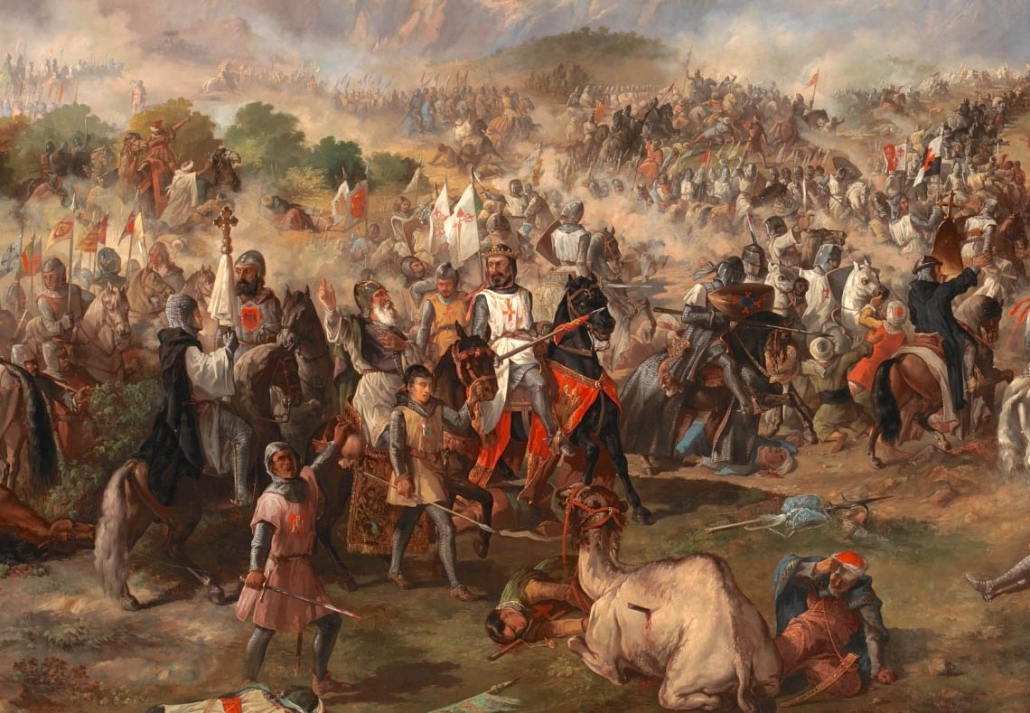






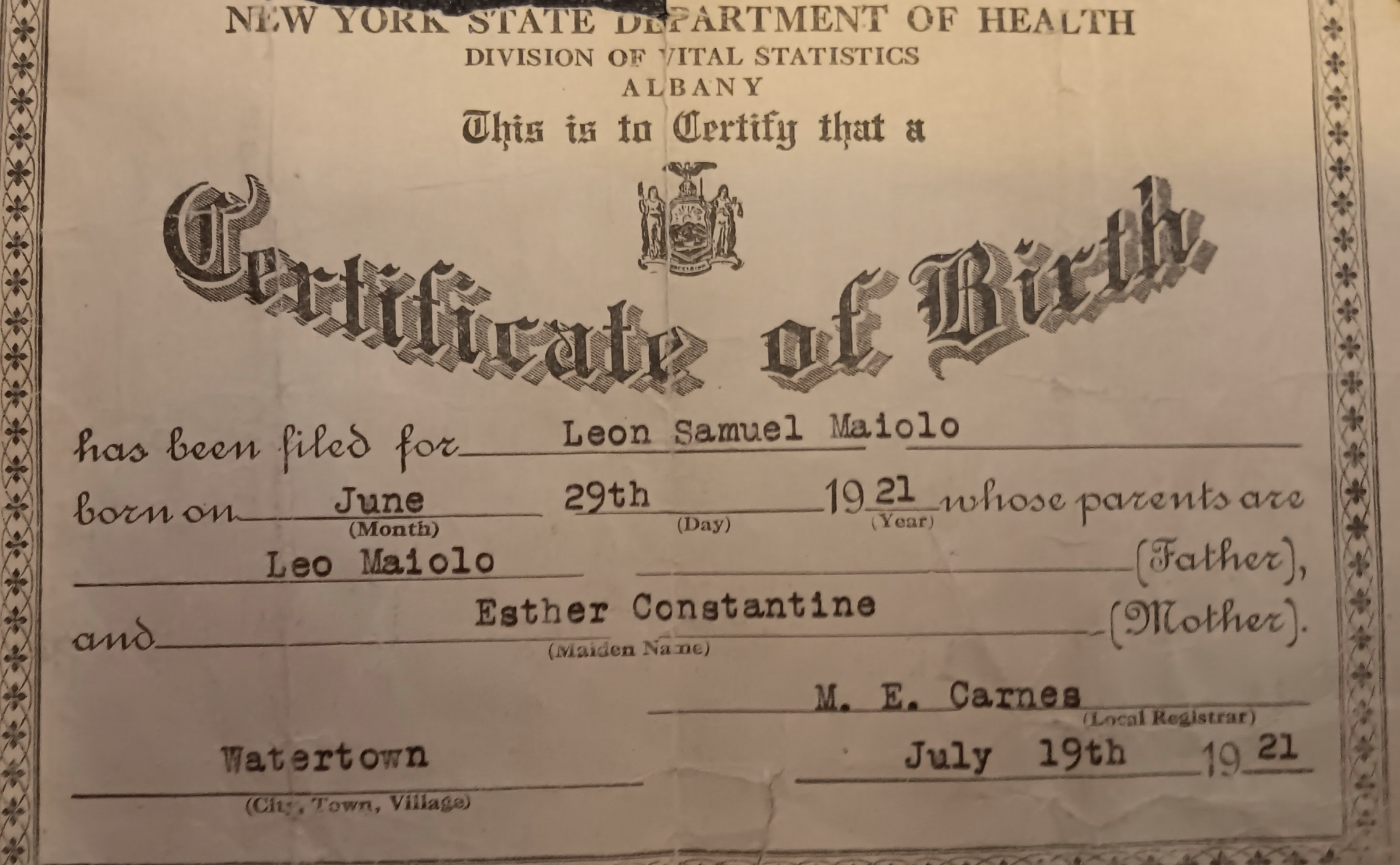
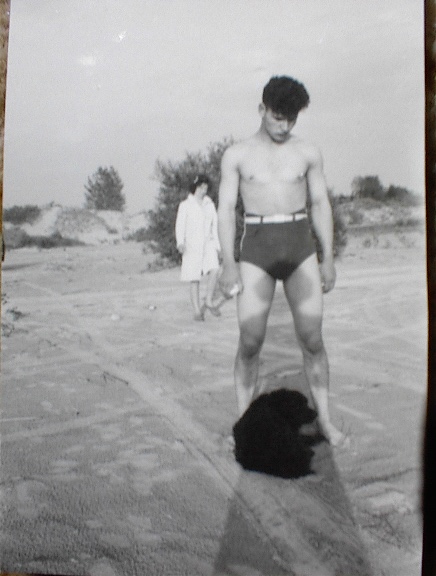
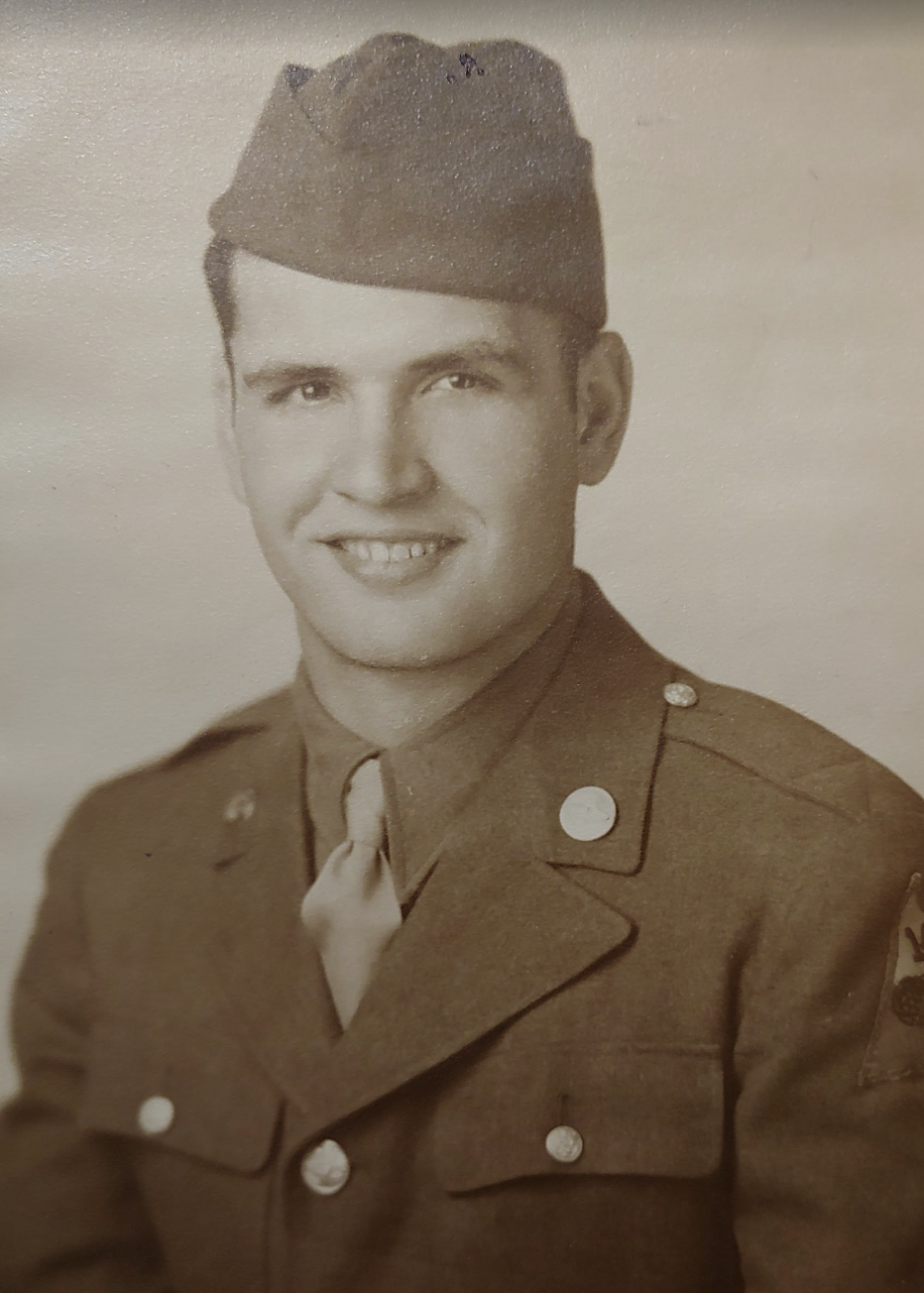

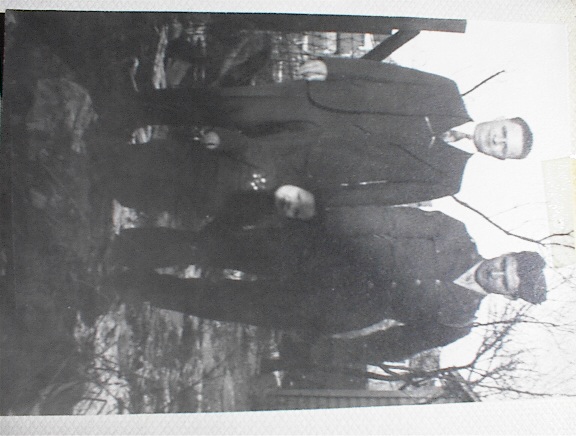
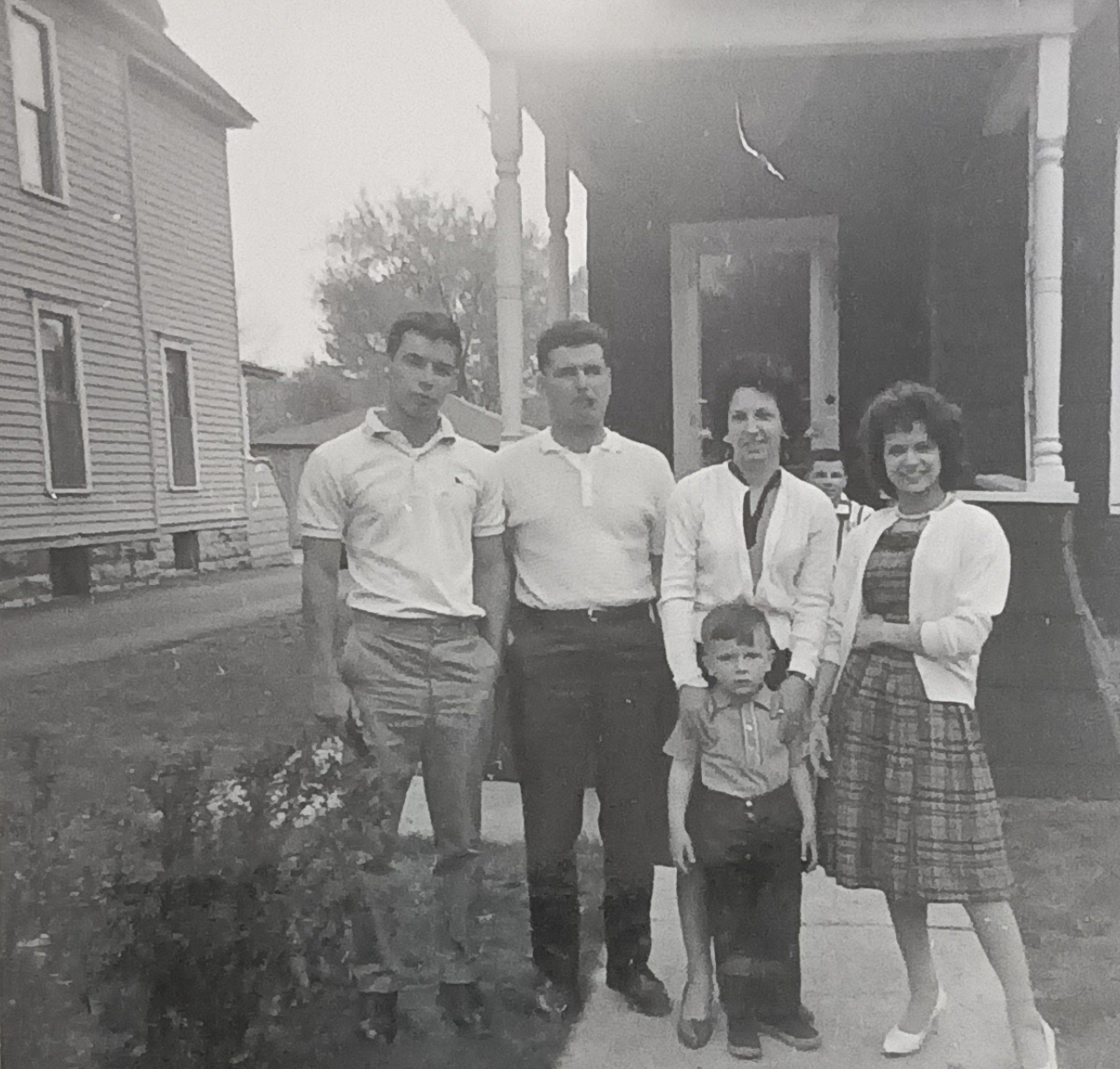






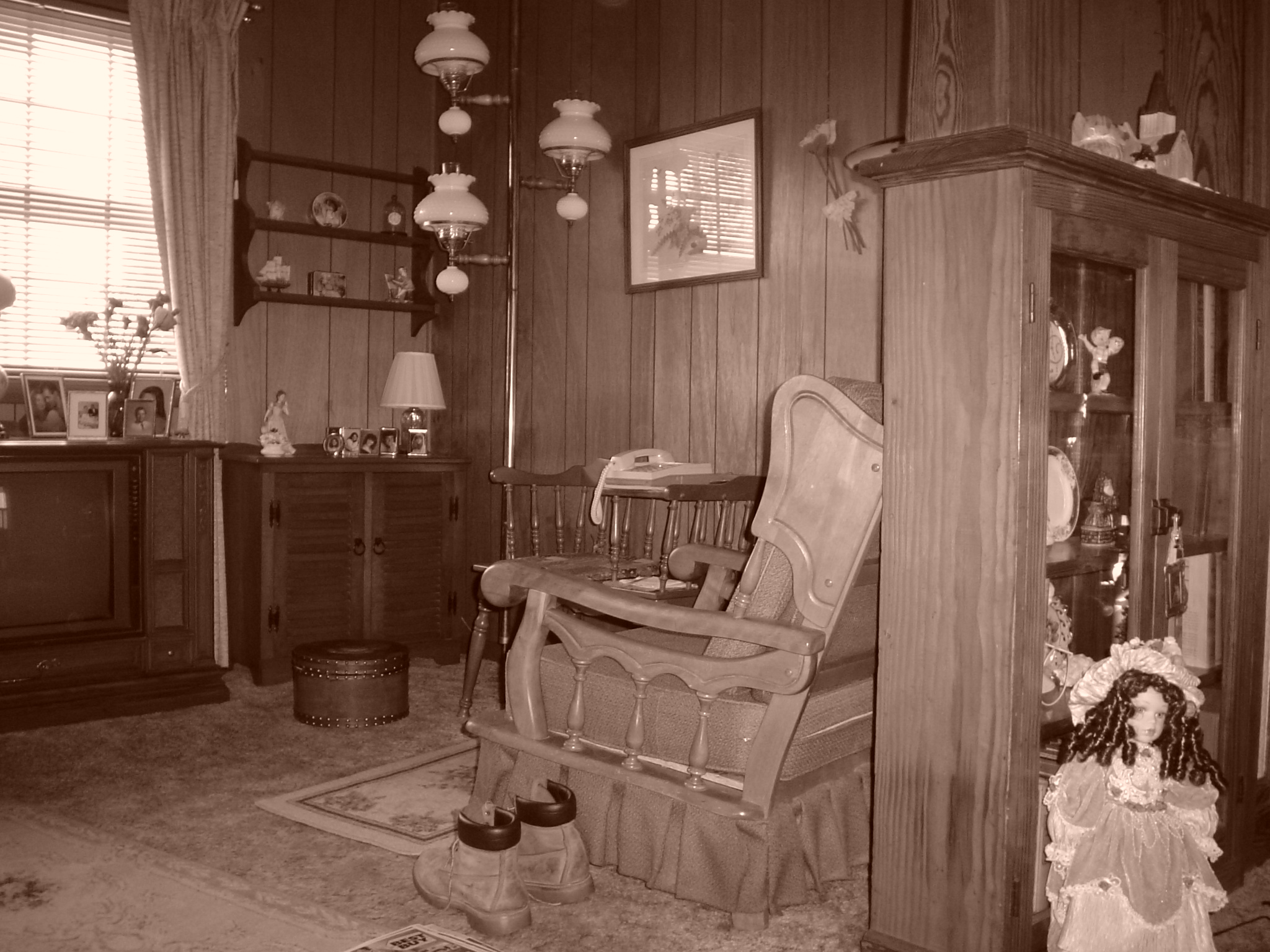
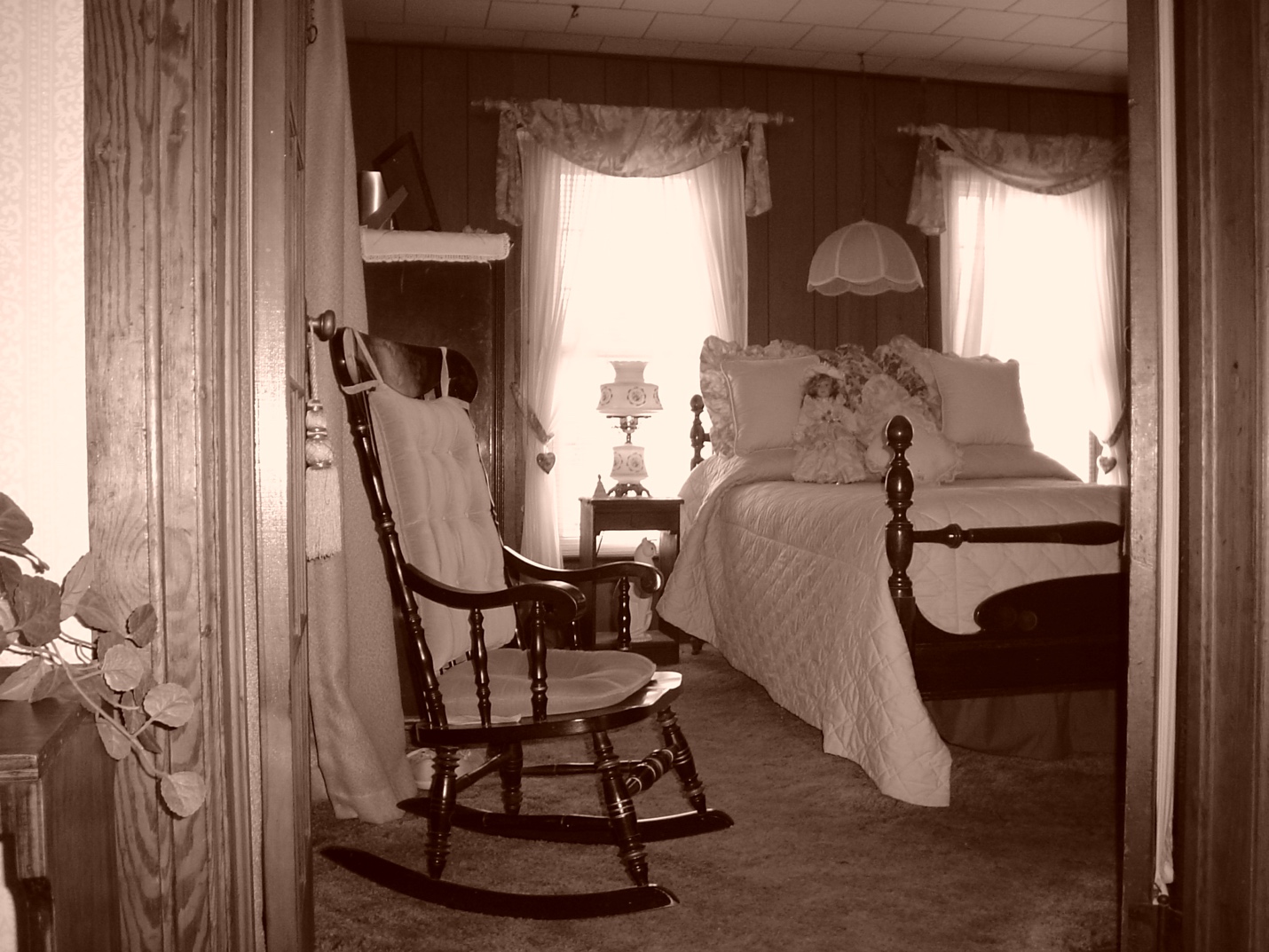



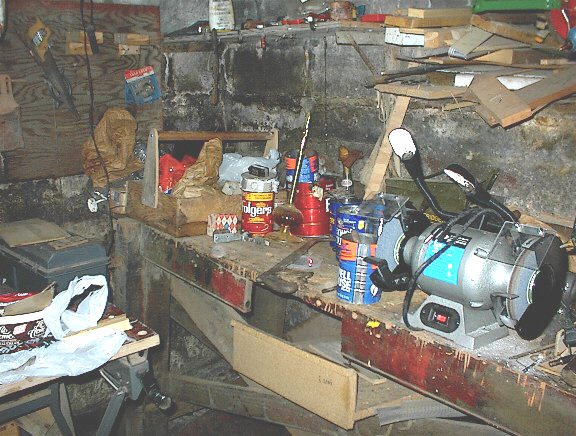
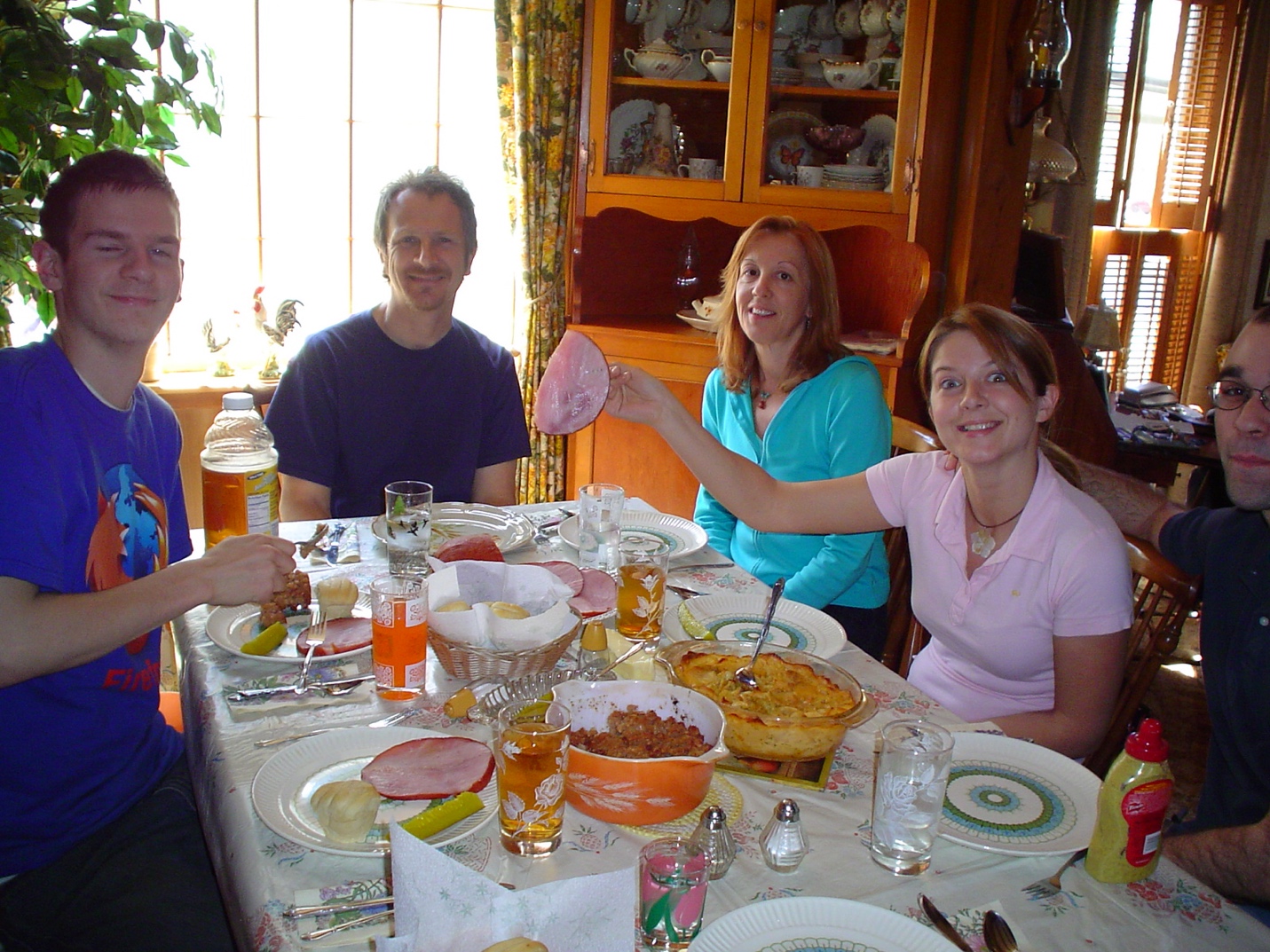



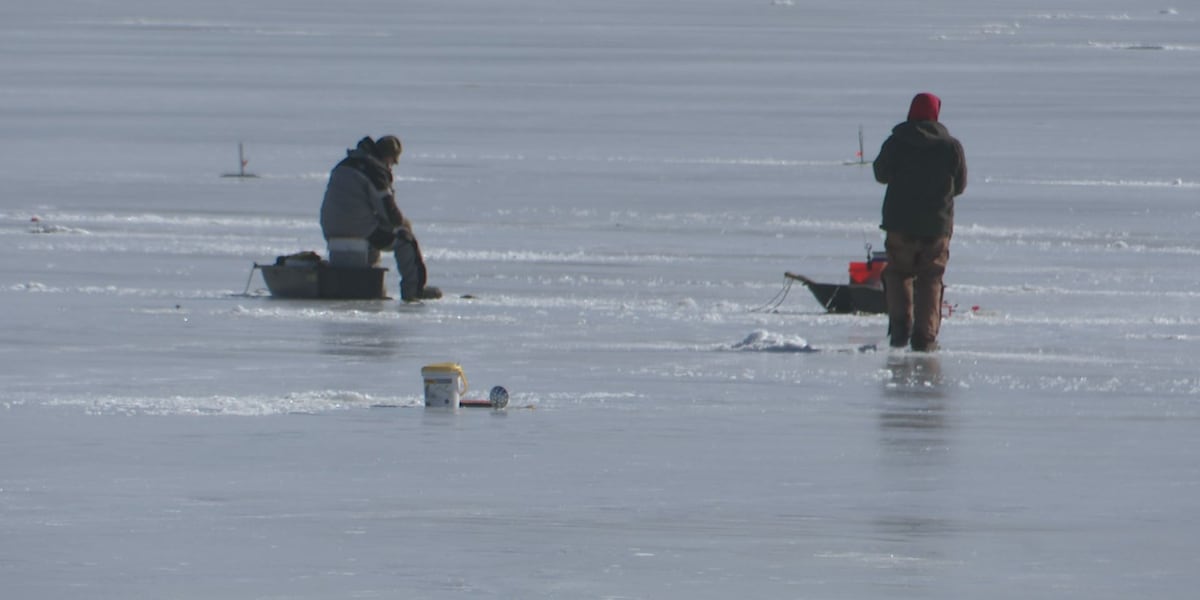

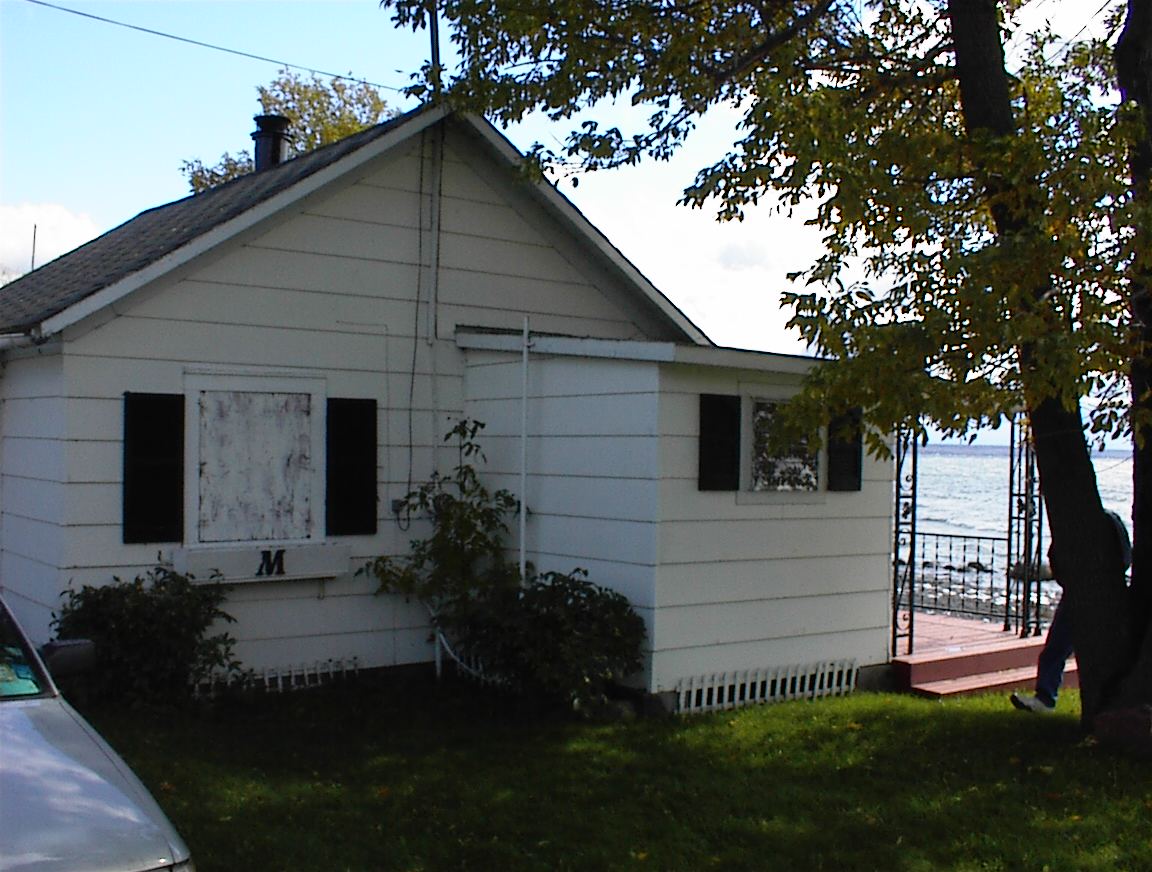

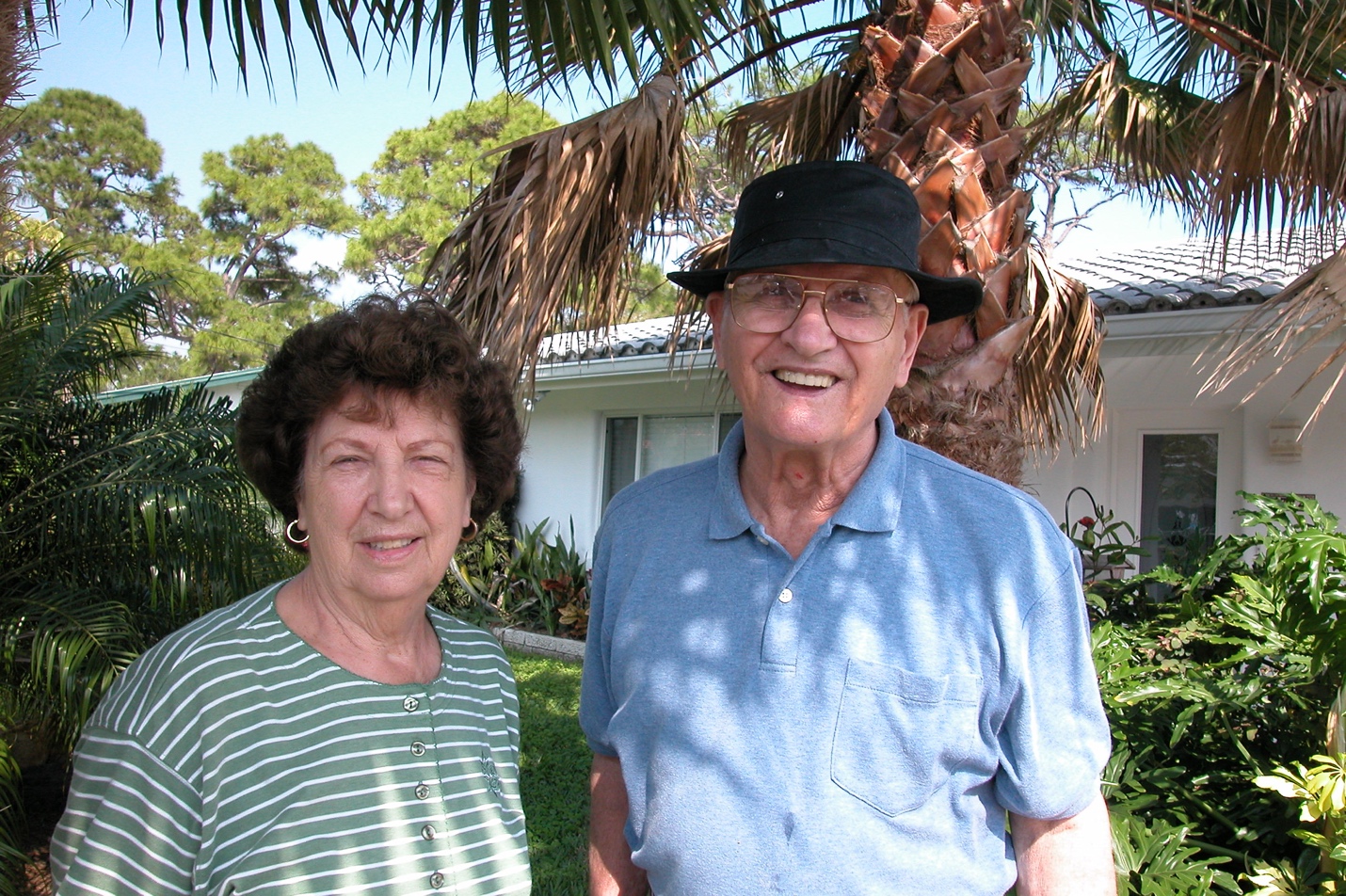
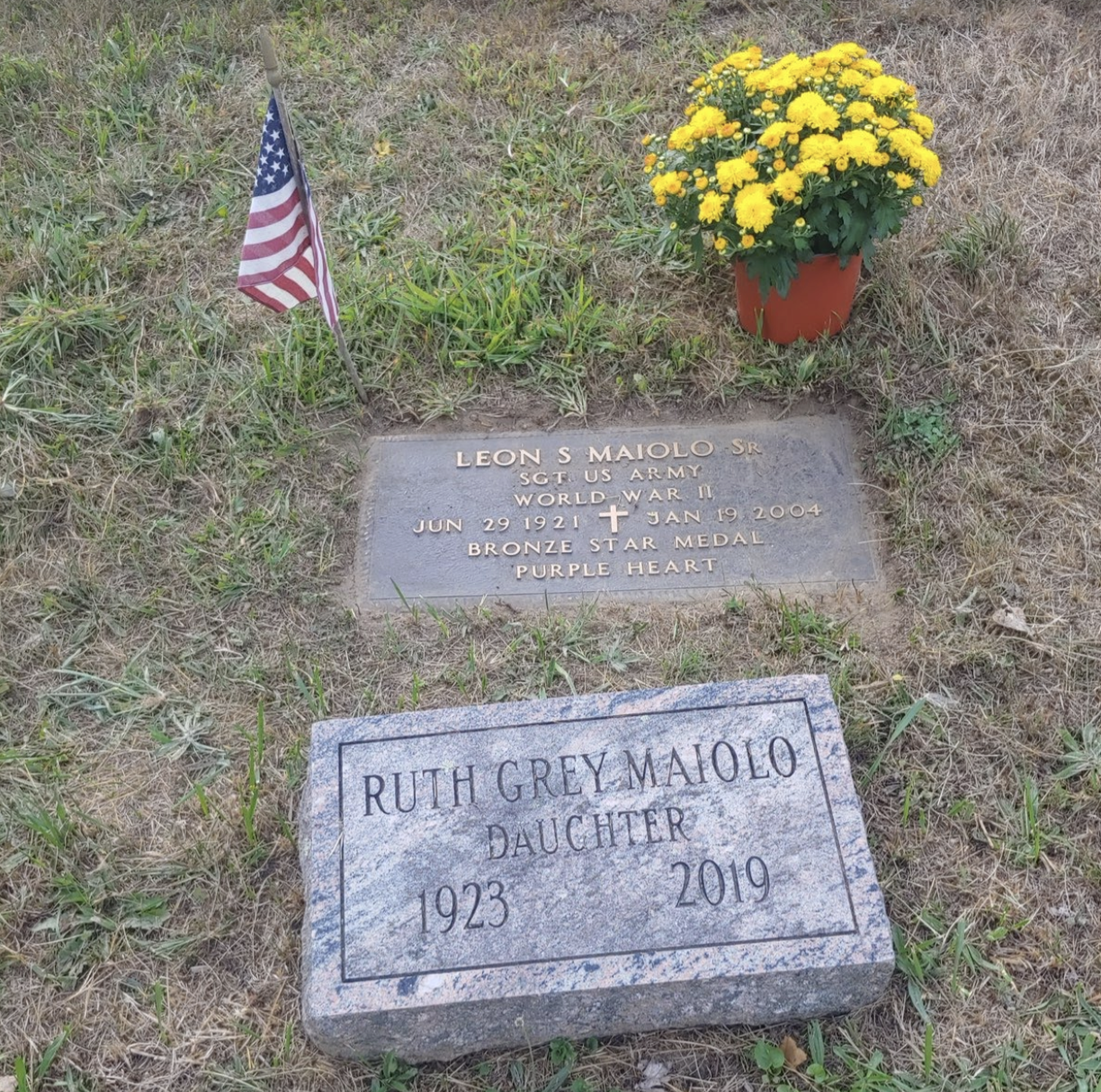
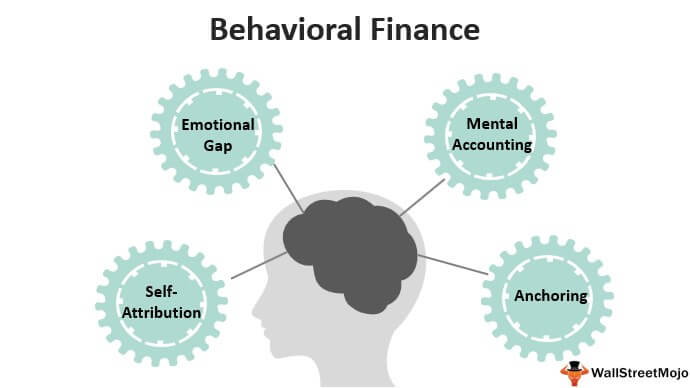 >
> >
>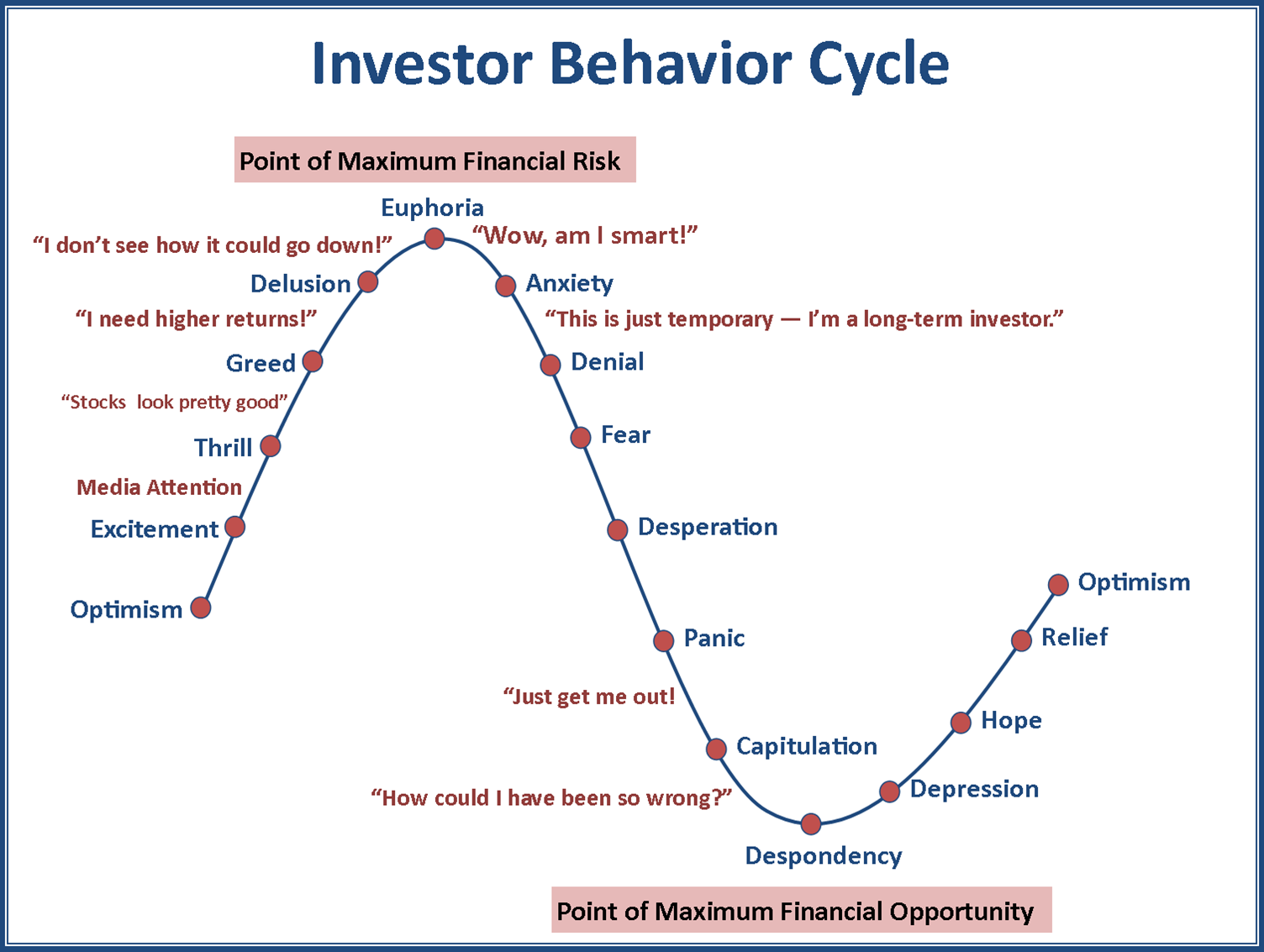 >
>

